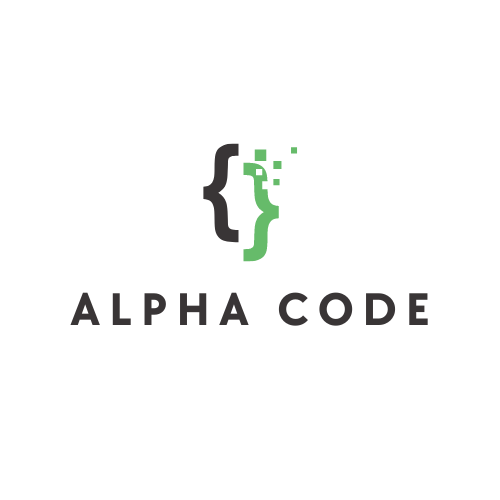When it comes to building complex web applications, the back end is an integral part of the process. It is the backbone of any application, responsible for processing data, running algorithms, and handling server-side operations. Choosing the right back-end programming language is crucial for a successful project. Here, we present the top 10 back end programming languages 2023 that are widely used by developers.

Table of Contents
Top 10 Back End Programming Languages 2023
1. Java
Java is a widely used, robust programming language that has been around for over two decades. It is platform-independent, which means that Java programs can run on any platform, regardless of the operating system. Java is also used in large-scale web applications such as Google, LinkedIn, and eBay.
2. Node JS – JavaScript
JavaScript is a programming language that is primarily used for front-end development, but it is also used on the back-end with Node.js. Node.js is a JavaScript runtime built on Chrome’s V8 JavaScript engine that allows developers to build scalable network applications using JavaScript. It is fast, lightweight, and has a large community, making it a popular choice for back-end development.
3. Python
Python is another popular programming language that has gained immense popularity in recent years. It is known for its simplicity, readability, and ease of use. Python is used in web applications, scientific computing, data analysis, artificial intelligence, and machine learning.
4. PHP
PHP is a server-side scripting language that is widely used for web development. It is known for its simplicity and ease of use, making it a popular choice for beginners. PHP has a large community and a wide range of frameworks, such as Laravel and CodeIgniter, that make development faster and more efficient.
5. Ruby
Ruby is a dynamic, object-oriented programming language that is known for its simplicity and readability. It is used for back-end development with the Ruby on Rails framework, which is a popular framework for building web applications. Ruby on Rails has a large community and a wide range of libraries, making development faster and more efficient.
6. C#
C# is a programming language developed by Microsoft and is used for building Windows applications and web applications. It has a simple and elegant syntax and is known for its type safety and garbage collection. C# has a large community of developers and a wide range of libraries and frameworks.
7. Scala
Scala is a functional programming language that is used for building complex applications. It is known for its scalability and conciseness. Scala runs on the Java Virtual Machine (JVM) and has a wide range of libraries and frameworks. Some popular frameworks built on Scala are Akka and Play.
8. Go
Go, also known as Golang, is a fast and efficient programming language developed by Google. It is used for building high-performance web applications and APIs. Go is known for its concurrency support and simplicity. It has a small learning curve and is easy to learn for developers who are familiar with C or Java.
9. Kotlin
Kotlin is a programming language developed by JetBrains and is used for building Android applications, web applications, and server-side applications. It is a modern language that is easy to learn and has a clean syntax. Kotlin runs on the Java Virtual Machine (JVM) and has a vast collection of libraries and frameworks.
10. Rust
Rust is a systems programming language that is used for building fast and secure applications. It is known for its memory safety features and performance. Rust has a small learning curve and is easy to learn for developers who are familiar with C or C++.
Conclusion
In conclusion, choosing the right back end programming language is crucial for the success of your web application. Each language has its own set of features and strengths. Therefore, it is important to evaluate your requirements and choose the language that best suits your needs.
